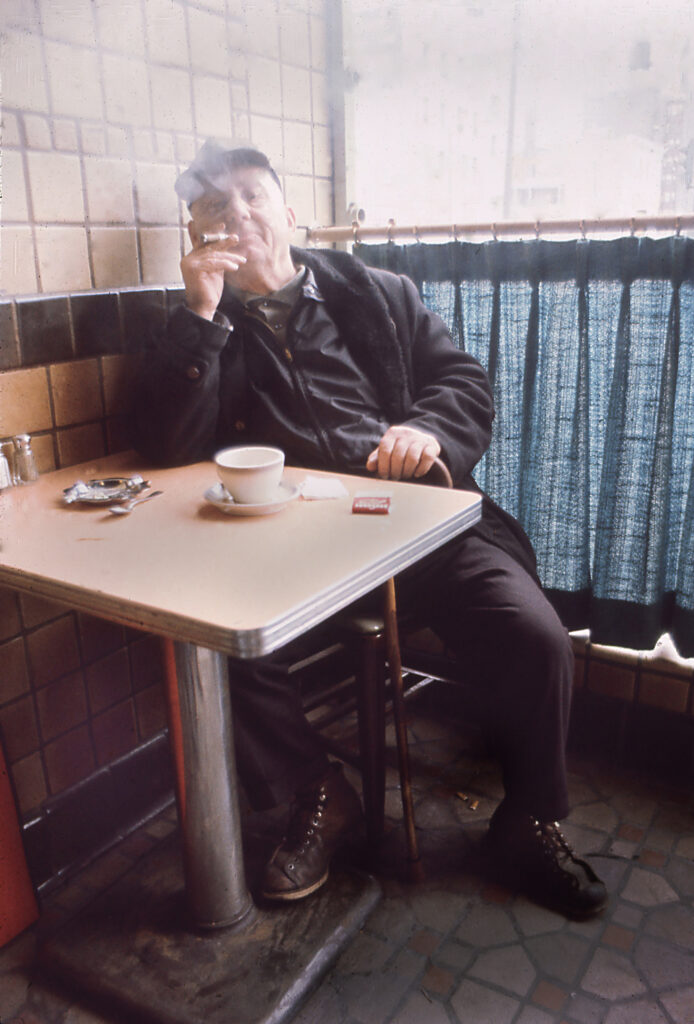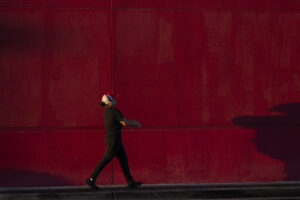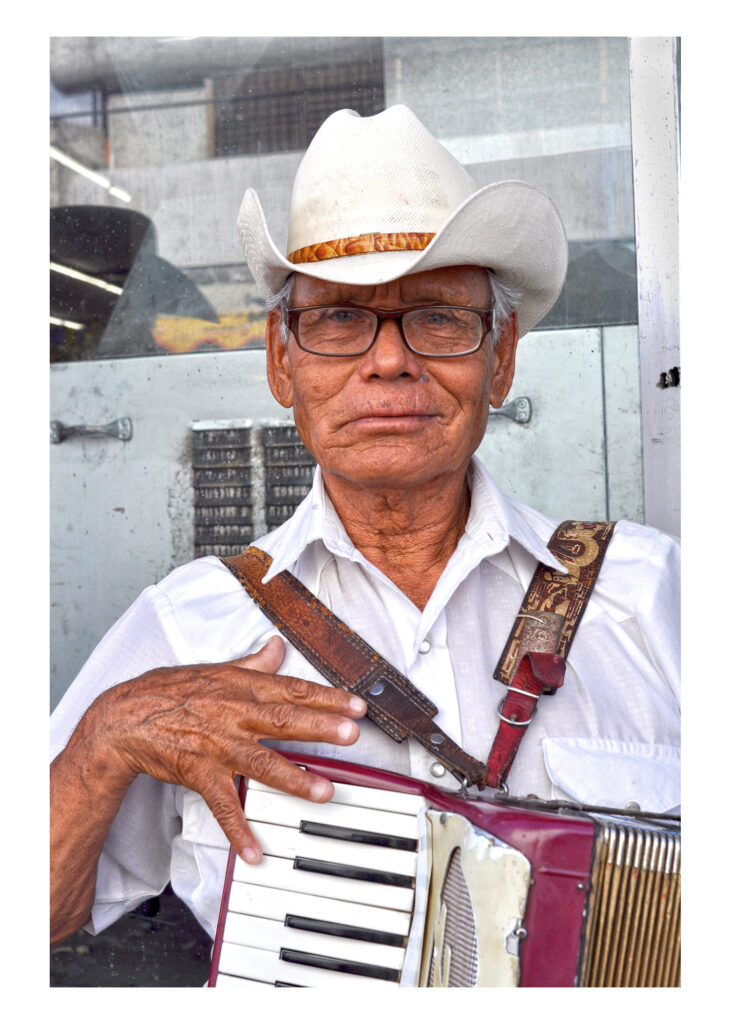MOMENTS IN HISTORY-DOCUMENTARY PHOTOGRAPHY
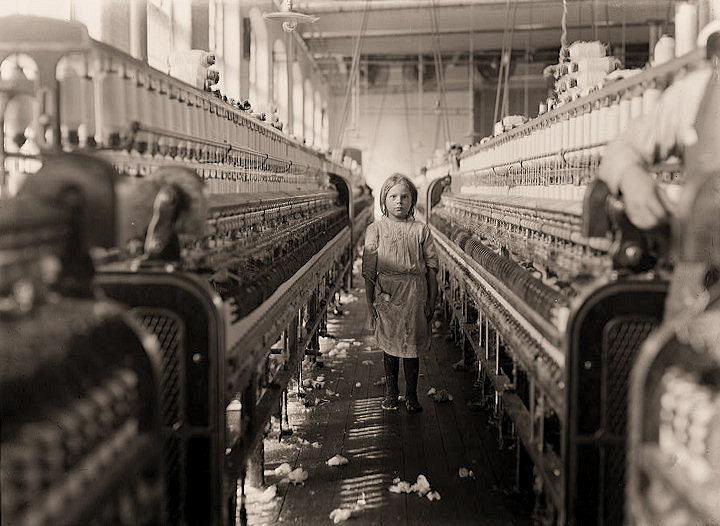
Photography can be a powerful tool that carries the power of storytelling. This form of storytelling can be defined as documentary photography. Documentary photography is meant to capture moments and important events that are or can be relevant to history. It typically focuses on capturing real-life situations and settings that can convey some sort of message for society.
Documentary photography began in the 1800s. Philip Delamotte is known as one of the very first documentary photographers as he worked on documenting the disassembly of the Crystal Palace. In London, 1851 a temporary building was built for the first world fair known as The Great Exhibition of the Works of Industry of All Nations. This building was known as the Crystal Palace. Delamotte documented the whole process of the construction of the palace and inspired photographers to document important parts of history with the use of photographs.
During the 1930s, America was going through some of the toughest moments in history, the Great Depression. In order to help America, President Franklin D. Roosevelt came up with the New Deal and within that New Deal Plan, the Farm Security Administration (FSA) was born. Columbia University professor, Roy Stryker, was hired as chief of the historic unit. This historic unit was meant to photograph and document the effects of the Great Depression on everyday life in rural America. Strykers team would be sent out to take photographs of rural farmers at work and at home in their small-town communities and of migrants looking for work. This project would show the people in the city what it was like in rural America. The “Historic Unit” of the Farm Security Administration was composed of photographers Arthur Rothstein, Dorothea Lange, Walker Evans, Russell Lee, Gordon Parks, Carl Mydans and Jack Delano.
American Landscape photography became an important form of work to support environmental movements. This could be known as Documerica. Documerica is a collection of more than 20,000 photographs of the American landscape that was now plagued by water and air pollution. The Documerica project director was Gifford D. Hampshire. Hampshire’s mission for the project was to “pictorially document the environmental movement in America during this decade.” The photography started in January 1972, this was a monumental photojournalistic approach meant to document this era of the American landscape.
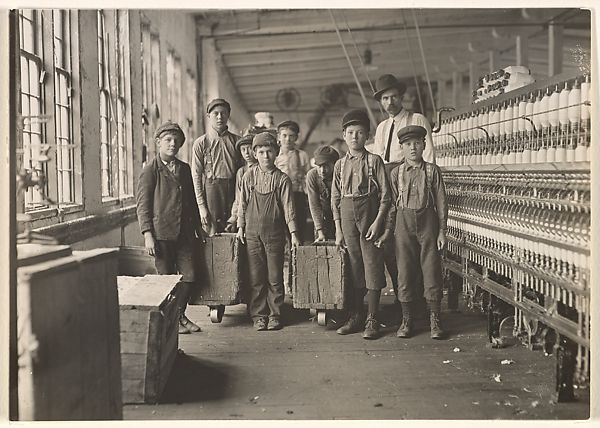
Lewis Hine was a teacher at the progressive Ethical Culture School in New York City. In 1908, Hines left his position at the school to begin his work as a staff photographer for the National Child Labor Committee. Hines often worked undercover and was dedicated to exposing the exploitation of children working in the country mills, sweatshops, factories, and various street trades, such as newspaper delivery. Hines went on to work as a photographer for over 13 years. Not only did he brought to light the rapid growth of child labor in America but he also triggered a more empathetic response from the public about issues going on in their society with his photographs.

In the 1920s photographer, August Sander’s worked on portraits that documented modern types of people. He attempted for people to understand changing notions of class, race, profession, ethnicity, and other constructs of identity. Some of his well-known photographs include Disabled Man, Pastry Chef and Secretary at a Radio Station, Cologne.
Dorothea Lange is one of the most well-known photographers from the 1930s. Lange worked for Roy Stryker’s historic unit for the Farm Security Administration. One of her most well-known photographs was Migrant Mother, one of her photographs taken while covering rural living during the 1930s.
French photographer Henri Cartier- Bresson’s photography is known for his photojournalist photography. During the 1940s Brensson was taken as a prisoner by the Germans during World War II. After his escape in 1943, he participated in an underground photographic unit. In 1945 he then worked for the U.S. and made a film focused on French prisoners and immigrants released after the war and their return to France.
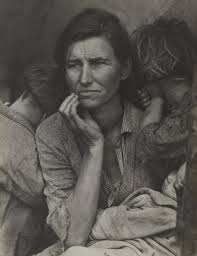

Documentary photography is meant to capture real life situations. The intention of doing documentary photography is a form of reportage to bring awareness to social injustices, environmental problems and to document important historical happenings.
